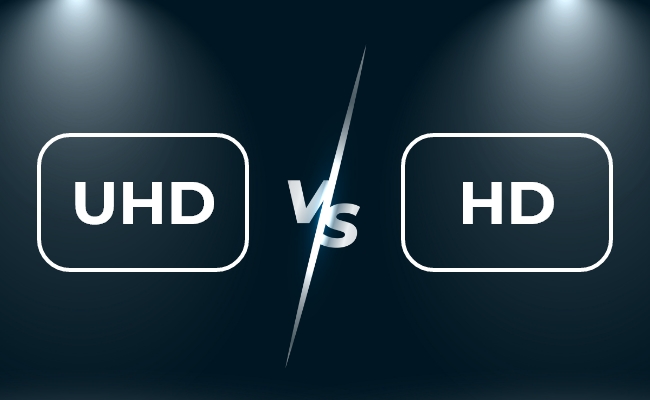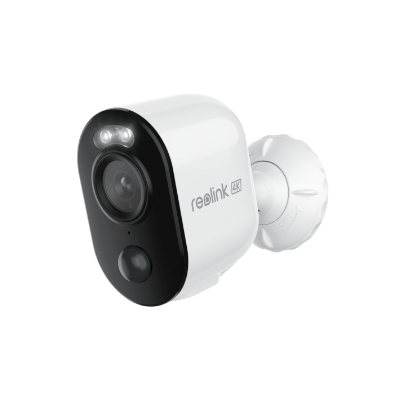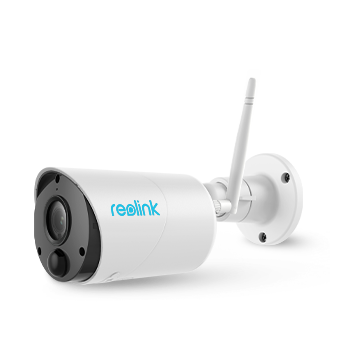UHD vs. HD: Resolution Debate

The resolution of screen technology has become a defining factor in shaping our viewing experiences. The change from regular HD to the more common UHD has made people curious and sparked discussions among regular folks and tech fans. This comparison guide will explore the basics of "What is UHD vs HD" and break down critical differences between these two resolutions.
UHD vs. HD: Main Differences
The main difference between UHD and HD is the pixel count: HD usually refers to 1280x720 pixels, while UHD means 3840x2160 pixels, with UHD offering approximately nine times more pixels than 720p.
Resolution
HD is High Definition and typically refers to 720p (1280x720 pixels) resolution. UHD (Ultra High Definition), also known as 4K, has a resolution of 3840x2160 pixels. UHD resolution is four times higher than the resolution of Full HD 1080p.
Clarity and Detail on Screen
HD provides decent clarity for most content on smaller screens but may show limitations when displayed on larger screens, significantly beyond a particular viewing distance. UHD offers enhanced clarity, especially noticeable on larger screens. Generally speaking, higher resolution enables crisper images and finer details.
Color Depth and Contrast
Compared to HD, UHD often supports wider color gamuts and increased contrast ratios, resulting in more vivid colors, deeper blacks, and brighter highlights. Although HD resolution is capable of good color representation and contrast, more is needed to achieve the depth and richness of colors that UHD provides.
Compatible Contents
HD is widely available across various platforms and content sources. UHD has gradually become the standard for newer content, especially streaming services. Some movies, TV shows, and streaming platforms also offer UHD content.
Comparison Table: UHD vs. HD
To unveil the differences between UHD and HD, we've elaborated a comparison chart.
UHD vs. HD Next Frontier: 16MP Resolution
Beyond the UHD and HD resolutions, higher resolution standards have been introduced into imaging technologies, such as 12MP, 16MP, 8K, etc. Reolink has introduced new 16MP camera models, the Duo 3 PoE and Duo 3 WiFi. These dual-lens security cameras boosts 16MP ultra-high resolution and covers a 180-degree ultra-wide field of view. Although HD and UHD security cameras can offer great surveillance capacity, the 16MP camera will enhance security efficiency by capturing every detail within the monitoring area.
Groundbreaking 16MP Dual-Lens PoE Camera
16MP UHD, Dual-Lens, Motion Track, 180° Wide Viewing Angle, Power over Ethernet, Color Night Vision.
What is HD vs. UHD?
Knowing the basic definitions of HD and UHD is crucial when comparing the two. Curious about the meaning of HD and UHD? Keep reading to discover the answers!
Basics of HD
HD stands for "High Definition." It is a display resolution characterized by a higher number of pixels. It boosts clearer and sharper images compared to standard definition (SD). The most common HD resolutions are 1280x720 pixels (720p) and 1920x1080 pixels (1080p). For example, in terms of 720p HD, 1280 represents the number of horizontal pixels, and 720 represents the number of vertical pixels.
Basics of UHD
UHD stands for "Ultra High Definition." It is a digital television (TV) and digital cinema standard with a higher resolution than traditional High Definition (HD). Specifically, UHD commonly refers to a resolution of 3840x2160 pixels, also known as 4K, which is four times the resolution of Full HD (1080p). UHD or 4K is a popular standard for high-end displays, streaming services, and content creation in industries such as film and television.
UHD vs. HD: Streaming Platforms
HD and UHD have been widely used in streaming services and streaming platforms. Movies, TV shows, and online videos offer different resolution choices to capture viewers' attention. Here, we compare these two resolution standards on Amazon Prime and Netflix.
UHD vs. HD Amazon Prime
The biggest difference between UHD and HD on Amazon Prime is the picture quality. UHD offers a higher resolution compared to HD. UHD streaming results in a much clearer and sharper image with more detail. UHD content on Amazon Prime requires more bandwidth and a compatible UHD device to appreciate the enhanced visual quality fully. Moreover, UHD content may cost more than HD content.
Netflix UHD vs. HD
Like Amazon Prime, UHD on Netflix typically offers a higher resolution than HD. UHD streams on Netflix often come in a resolution of 3840x2160 pixels (4K). In contrast, HD streams usually have a resolution of 1920x1080 pixels (1080p). Due to its higher pixel count, UHD often provides significantly clearer and sharper images on Netflix. To stream in UHD on Netflix, users need a compatible device (such as a 4K-capable TV or computer monitor) and a subscription plan that includes UHD streaming.
UHD vs. HD for Movies
The differences between UHD (Ultra High Definition) and HD (High Definition) for movies mainly revolve around resolution, image clarity, and viewing experience.
What does UHD mean in movies?
In movies, UHD is often referred to as 4K, and movies in UHD are commonly known as 4K movies. UHD movies typically have a resolution of 3840x2160 pixels. This higher resolution enhances the viewing experience due to the finer details, richer colors, and greater visual depth it provides.
UHD vs. HD Movie: Which is Better?
UHD movies showcase superior image clarity and finer details compared to HD. UHD resolution allows users to have an immersive and lifelike viewing experience. But watching UHD movies requires compatible devices capable of displaying 4K content. Moreover, users may have to upgrade their home Internet because sufficient internet bandwidth is necessary to stream UHD content smoothly.
UHD and HD in Surveillance
UHD and HD resolution are also used in the security and surveillance field. UHD and HD security cameras offer users extra peace of mind to safeguard their property and loved ones.
UHD Security Camera
A UHD security camera, also known as an Ultra High Definition security camera, is a type of surveillance camera that captures video footage in extremely high resolution. These cameras typically record in 4K resolution (3840x2160 pixels).
These cameras offer significantly more explicit and detailed images than traditional HD or lower-resolution security cameras. The enhanced UHD resolution improves overall security monitoring and surveillance capabilities. UHD security cameras often come in various types and designs. For example, Reolink introduced 4K UHD battery-powered security cameras, which make daily surveillance more flexible and convenient.The Argus 3 Ultra is one of them.
4K 8MP Standalone Wire-Free Camera
4K 8MP; Smart Detection; 5/2.4GHz Dual-Band WiFi; Battery/Solar Powered; Color Night Vision; Alerts Without Subscription.
HD Security Camera
An HD security camera, or high-definition security camera, is a type of surveillance camera that records video footage in high resolution. These cameras usually capture video at a resolution of 720p (1280x720 pixels) or 1080p (1920x1080 pixels).
HD security cameras can cover basic security needs and are commonly used for security monitoring in homes, businesses, and other settings. HD security cameras are often compact and easy to install. For example, the Reolink Argus Eco is a wire-free HD security camera.
100% Wire-Free Bullet Camera
Rechargeable Battery & Solar Powered; IP65 Certified Weatherproof; 1080 Full HD; Smart Motion Detection; 2-Way Audio; 100° Wide Viewing Angle.
FAQs
Is UHD better than HD?
UHD (Ultra High Definition) is generally better than HD (High Definition) regarding resolution and image quality. UHD offers a significantly higher resolution, typically at 3840x2160 pixels (4K), compared to HD, which commonly ranges from 1280x720 pixels (720p) to 1920x1080 pixels (1080p).
What are the differences between UHD and HD?
The main difference between UHD (Ultra High Definition) and HD (High Definition) is the significantly higher resolution, with UHD typically offering 3840x2160 pixels (4K) compared to HD's 1920x1080 pixels (1080p).
Can I watch UHD on my HD TV?
Yes, you can watch UHD content on an HD TV, but the display will be limited to the TV's maximum resolution, which is HD (1920x1080 pixels or 1080p). While the content is UHD quality, the TV won't showcase the higher resolution due to hardware limitations.
Conclusion
In the debate of UHD vs HD, the comparison shows a significant advancement in visual technology. The profound difference in resolution between UHD and HD defines the ultimate viewing experience. UHD and HD have been widely used in different scenarios. The choice between these two resolution standards depends on the existing hardware and users' specific requirements. How will you choose between UHD and HD? Let us know your thoughts in the comment section below! Let's discuss them together!
Search
Subscribe for the Latest Updates
Security insights & offers right into your inbox






























































































































































